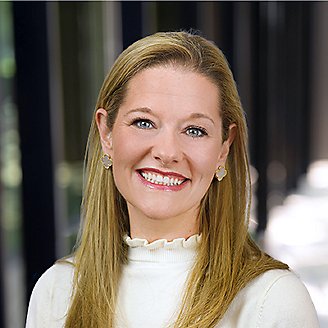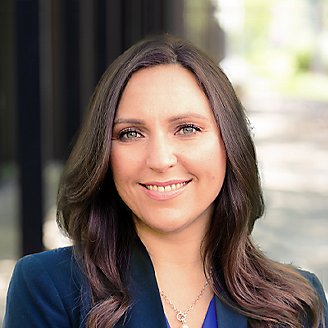
Corteva Launches Corteva Catalyst
Corteva, Inc. (NYSE: CTVA) today announced the launch of Corteva Catalyst, a new investment and partnership platform focused on accessing and bringing to market agricultural innovations that advance the company’s R&D priorities and drive value creati

Corteva Announces Dates for First Quarter 2024 Earnings Release and Webcast
Corteva, Inc. (NYSE: CTVA) today announced it will release its first quarter 2024 earnings on Wednesday, May 1, 2024, after the stock market close via press release and its website. The earnings will be presented in a live webcast on Thursday, May 2,

Corteva Agriscience Marks One-year Anniversary of Symborg and Stoller Acquisitions
Corteva Biologicals Showcasing Industry-leading Innovations at Commodity Classic

Corteva to Participate in Bank of America Securities 2024 Global Agriculture & Materials Conference
Corteva, Inc. (NYSE: CTVA) announces that Chief Executive Officer, Chuck Magro, and Executive Vice President and Chief Technology and Digital Officer, Sam Eathington, will speak at the Bank of America Securities 2024 Global Agriculture & Materials Co

Corteva Reports Fourth Quarter and Full Year 2023 Results Open the Report
Corteva Reports Fourth Quarter and Full Year 2023 Results







